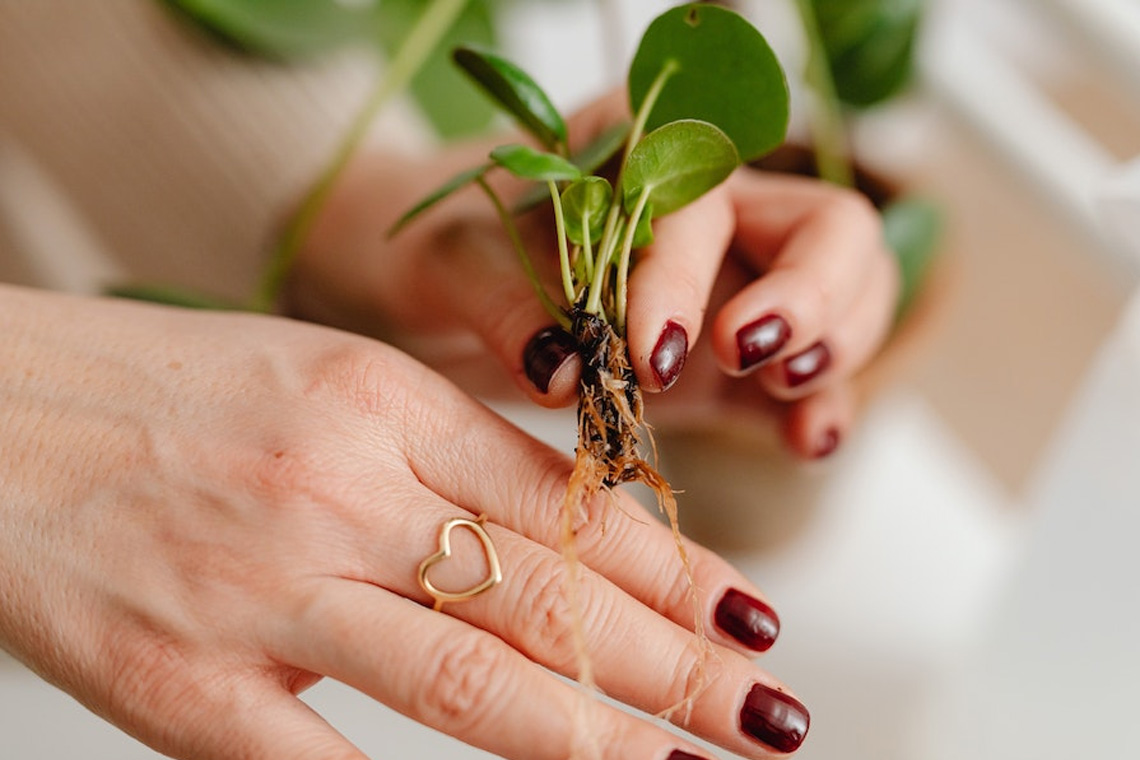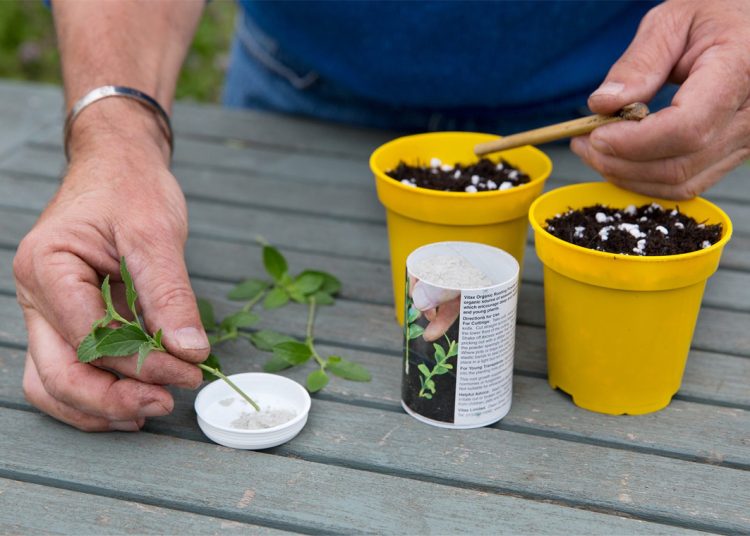Gardening enthusiasts and professional horticulturists alike often use rooting powder to help propagate plants and encourage healthy root growth. Whether you’re looking to clone a favorite plant or create new ones from cuttings, rooting powder can be an invaluable tool. In this article, we'll explore what rooting powder is, how it works, and the best practices for using it.
What is Rooting Powder?
Rooting powder is a plant hormone-based product that contains a substance called indole-3-butyric acid (IBA) or similar compounds. These compounds help stimulate the growth of roots on plant cuttings, making it easier for new plants to establish themselves. Rooting powder is typically used for propagating woody plants, shrubs, trees, and some perennials, and it aids in the transition from a cutting to a rooted plant.
The powder form is convenient and easy to apply, providing a concentrated dosage of rooting hormones to the base of the cutting. It is often available in different strengths to suit various plant types, from delicate herbs to hardier, woody species.
How toxic is rooting hormone?

Rooting hormones are commonly used in gardening and plant propagation to encourage root development in cuttings. While they can be highly effective, there are concerns about their toxicity, particularly to humans, pets, and the environment. Rooting hormones generally come in two types: synthetic and natural. The synthetic variants often contain chemicals like indole-3-butyric acid (IBA) or naphthaleneacetic acid (NAA), which can be harmful if ingested or absorbed in large quantities.
For humans, direct contact with these chemicals may cause skin irritation or, in some cases, more severe reactions like respiratory issues if inhaled. Toxicity varies depending on the specific compound used, with synthetic hormones generally being more harmful than natural alternatives. Furthermore, accidental ingestion by children or pets can lead to poisoning symptoms, including nausea, vomiting, and abdominal pain.
Environmental concerns also arise, as runoff from treated plants can contaminate soil and water, affecting non-target organisms. Natural rooting hormones, like willow water or honey, are less toxic and safer for both humans and the environment. However, while synthetic hormones can be hazardous, they are often used in small quantities and with proper precautions, making them manageable for most gardeners. It’s important to follow safety guidelines and store rooting hormones away from children and pets.
How Does Rooting Powder Work?

When you cut a piece of plant stem or branch for propagation, the plant’s natural ability to form roots can sometimes be slow or unsuccessful. Rooting powder mimics the natural hormones the plant would use to produce roots, thereby speeding up the rooting process and improving the chances of success.
The rooting powder encourages cell division and root formation at the cut end of the plant, helping the cutting form a strong root system that will support new growth. Essentially, it stimulates the biological processes that lead to root development and provides the cutting with the best chance of survival.
How to Use Rooting Powder
Using rooting powder is straightforward, but there are a few key steps to follow to ensure optimal results:
Choose Your Cutting: Select a healthy plant with a strong, disease-free stem or branch. The cutting should be taken from a mature plant, and make sure to cut just below a node (the area where leaves or branches emerge) for the best rooting potential.
Prepare the Cutting: Trim the cutting to the desired length, typically 4-6 inches for most plants. Remove any excess leaves from the lower half of the cutting, leaving a few leaves at the top to help with photosynthesis.
Dip the Cutting in Water: Lightly dip the cut end of your plant cutting in water to help the rooting powder adhere.
Apply the Rooting Powder: Pour a small amount of rooting powder into a container. Dip the cut end of the stem into the powder, making sure it's evenly coated. Gently tap off any excess powder to avoid over-application.
Plant the Cutting: Place the cutting into a pot filled with a well-draining rooting medium, such as perlite, sand, or a soil-less mix. Make a small hole in the medium, insert the cutting, and gently firm the medium around it to hold the cutting in place.
Provide the Right Environment: Keep the cutting in a warm, humid environment to encourage root growth. This can be achieved by covering the cutting with a clear plastic bag or placing it in a propagation dome. Ensure the cutting receives indirect light and is kept moist but not waterlogged.
Wait for Root Development: Over time, the cutting will begin to form roots. Depending on the plant type and environmental conditions, this can take anywhere from a few weeks to a few months. Once roots have formed, the cutting can be transplanted into a larger pot or directly into the garden.
Tips for Successful Rooting
- Sterilize Tools: Always use clean, sharp tools when taking cuttings to reduce the risk of introducing disease.
- Use the Right Powder: Ensure you're using the appropriate strength of rooting powder for your plant type. Some plants require a stronger concentration of rooting hormone than others.
- Avoid Overuse: Too much rooting powder can harm the cutting. Use only the recommended amount and avoid excessive application.
- Maintain Moisture Levels: Keep the soil moist, but be careful not to overwater, as excessive moisture can lead to rot before the roots have had a chance to develop.
- Temperature Control: Ideal rooting temperatures generally range between 65°F and 75°F (18°C to 24°C). Too cold or too hot an environment can slow down or halt the rooting process.
Conclusion
Rooting powder is a powerful tool that can significantly improve your plant propagation efforts. By promoting the formation of roots on plant cuttings, it allows you to clone your favorite plants and expand your garden with ease. With proper application, patience, and the right conditions, rooting powder can help you grow healthy, thriving plants from cuttings, saving you time and money in the process.
Now that you know how rooting powder works and how to use it effectively, you can confidently propagate a variety of plants and watch your garden flourish. Happy gardening!
















